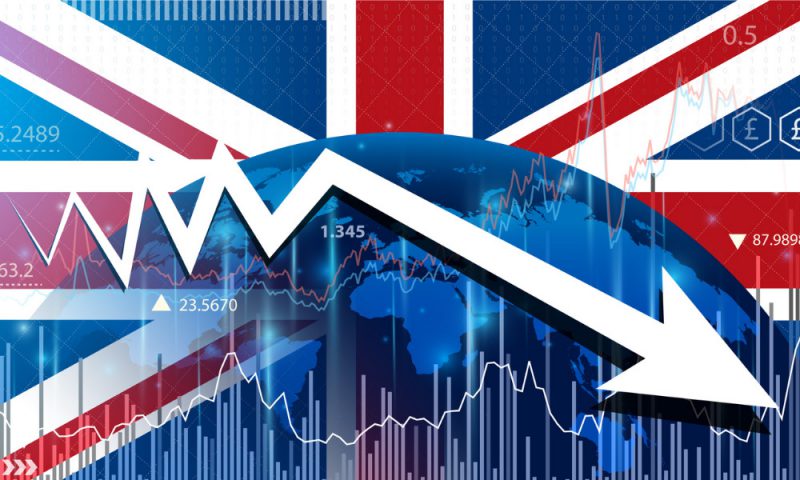According to the Office for National Statistics, inflation in the UK (United Kingdom) has hit a 41-year high of 11.1% for October. The result exceeded analysts’ expectations of 10.7%. High food and energy prices were the major drivers for the highest inflation rate since 1981. The new data was released a day before Treasury Secretary Jeremy Hunt is expected to present a new budget.
As roaring inflation erodes people’s purchasing power, there are mounting calls for better wages, more benefits, and increased expenditure on health and education.
The October numbers are a full percentage point higher than the September figure of 10.1%. In contrast to the 1.1% increase in October 2021, the CPI increased by 2.0% on a monthly basis in October 2022.
The largest contributions came from housing and household services (principally from electricity, gas, and other fuels), food and non-alcoholic beverages, and transport (principally motor fuels). Contrary to expectations, the core inflation rate (which excludes volatile food and energy prices) increased by 6.5% YoY last month as opposed to the 6.5% observed in September. The forecast had been for 6.4%.
According to the monthly data, UK consumer prices increased by 2.0% in October as opposed to the expected 1.7% increase and 0.5% increase in September.
No relief for UK inflation numbers?
The UK inflation numbers come hot on the heels of new Prime Minister Rishi Sunak taking office. Sunak was sworn into office on the 25th of October and swore to deal with the economic challenge that the UK faces.
On the other hand, the US witnessed ease in its inflation numbers for October falling to 7.7%, significantly lower than the expected 7.9%.
Although efforts are on, the economic slump that the world finds itself in might last into 2024 according to many experts. Interest rate hikes continue worldwide, although many hope for stability after the US numbers came in lower than expected. However, it is unlikely that interest rates will ease anytime soon.





